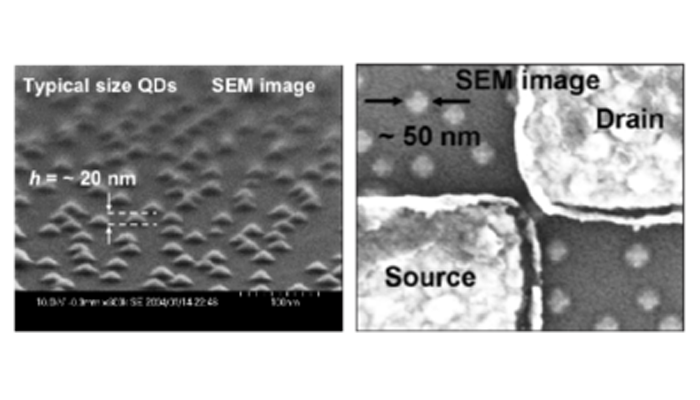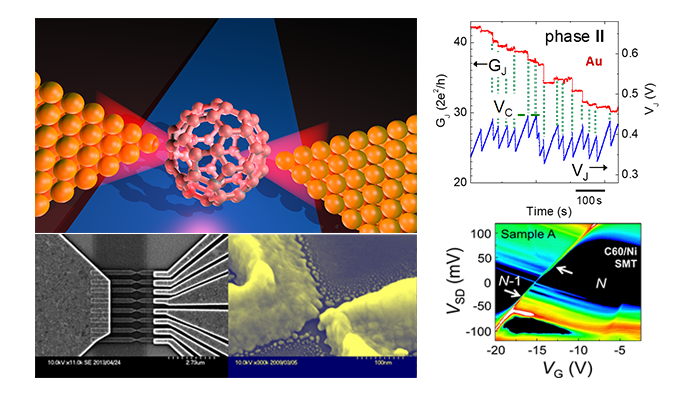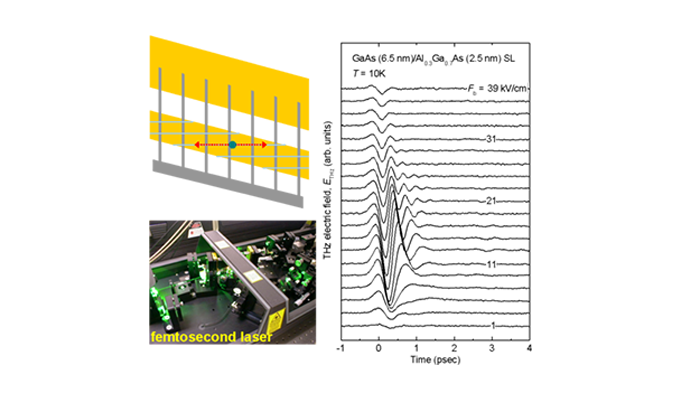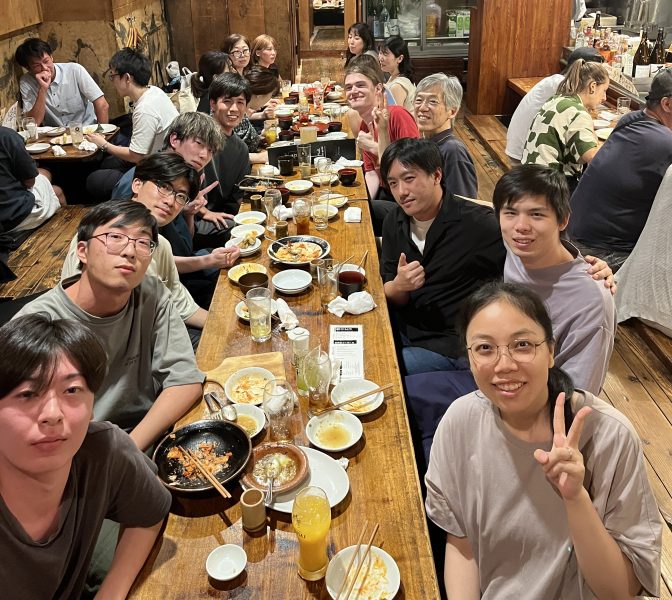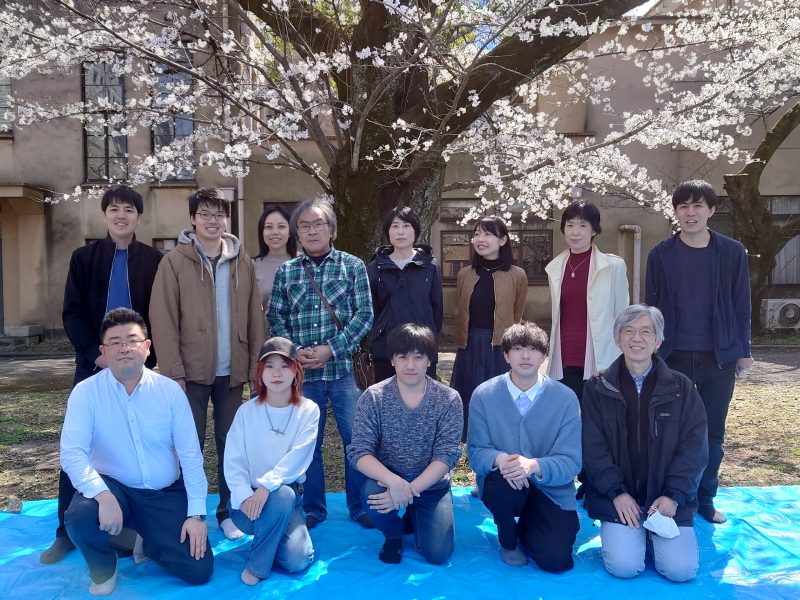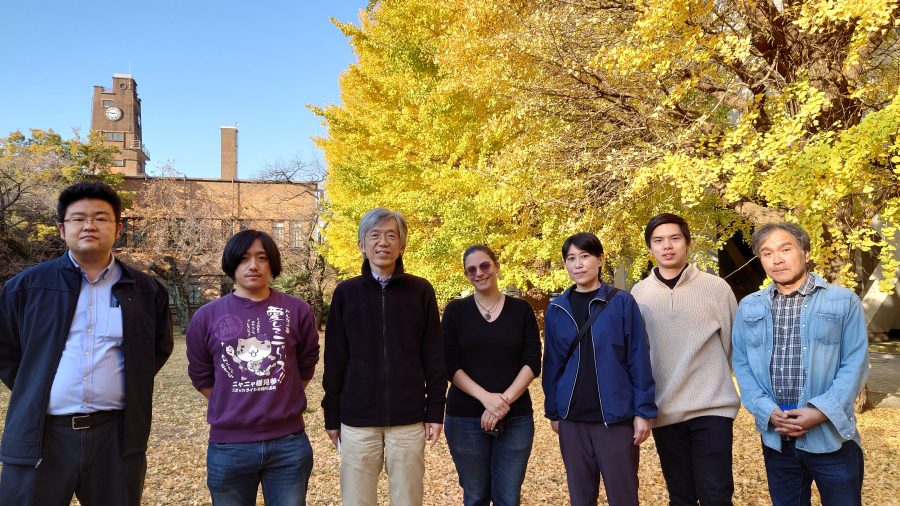Quantum Semiconductor Electronics Laboratory
- Terahertz Photodynamics of Quantum Nanostructures -

Electron numbers, orbitals, and spins are quantized in quantum nanostructures. Such quantization gives rise to novel electronic properties that are not seen in bulk materials. We are working on physics and device applications of such quantum nanostructures to explore new device principles in electronics. One of our research activities is the physics and applications of ultrasmall transistors. Electrical manipulation and read-out of quantum mechanical states in quantum nanostructures by nanogap metallic electrodes is expected to bring about great innovations in ICT devices. We are working on technologies of making contacts to single quantum dots and even single molecules by metal nanogap electrodes and explore physics and applications of such ultrasmall transistors. Another subject is the research on terahertz (THz) devices. The region in the electromagnetic spectrum from 0.1 to 100 THz (THz range) is a frontier area for research in physics, chemistry, biology, materials science, and medicine. However, this frequency range has been unexplored until recently due to the lack of appropriate semiconductor devices. Owing to recent progress in nanofabrication and laser technologies, however, the “THz gap” is gradually being filled. We are investigating novel physics of quantum nanostructures and developing novel THz devices.
Prof. Kaz Hirakawa‘s Final Lecture – March 5...
Professor Kazuhiko Hirakawa (Institute of Industrial Science, The U...
